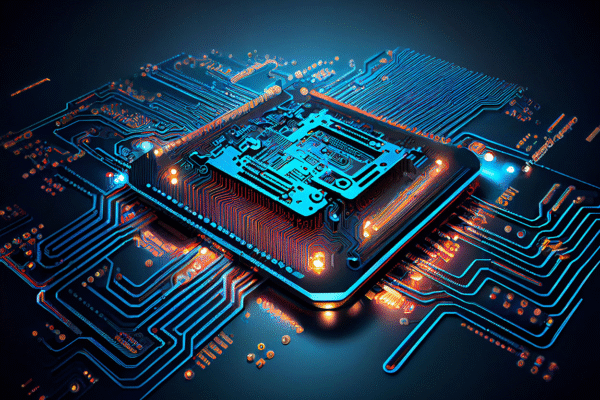YOUR LOCAL DIGITAL MARKETING AGENCY
Category Archives: TECHNOLOGY
Scientists discover how to use your body to process data in wearable devices Scientists Discover How to Use Your Body to Process Data…
AI Courses in India 2025 (Full-time/On-Campus) Top AI Courses in India 2025 (Full-Time/On-Campus) As Artificial Intelligence (AI) reshapes the global landscape, India has…
Apple iOS 18.2 Features: A Complete Breakdown of Apple’s Most Exciting Update Apple iOS 18.2 Features: A Complete Breakdown of Apple’s Most Exciting…
Molecular Computing: Ushering in the Next Generation of Artificial Intelligence. Molecular Computing: Ushering in the Next Generation of Artificial Intelligence The field of…
Quantum computing boom: Innovations, investments, cyber security risks Quantum Computing Boom: Innovations, Investments, and Cybersecurity Risks once a concept confined to theoretical physics,…
Opinion | Intel\'s Downfall Is A Lesson In Why Not To Miss AI Revolution Intel\'s Downfall Is a Lesson in Why Not to…
Opinion | Intel\'s Downfall Is A Lesson In Why Not To Miss AI Revolution Intel\'s Downfall Is a Lesson in Why Not to…
Nvidia’s supply snags hurting deliveries but mask booming demand Nvidia: Supply Challenges Highlight Booming Demand Nvidia, a global leader in graphics and AI…
Asia’s Richest Man Joins Race for Human-Like Robots Asia’s Richest Man Joins the Race for Human-Like Robots: A Leap Towards the Future Asia\'s…
You are a burden. Please die’: AI chatbot threatens student who sought help with homework The student from Michigan, USA, was having a…
Your business isn't a template, so why is your digital presence? We move beyond 'one-size-fits-all' solutions. At rdm tech, we custom-craft your website, app, and marketing from the ground up to be as unique as your brand.










